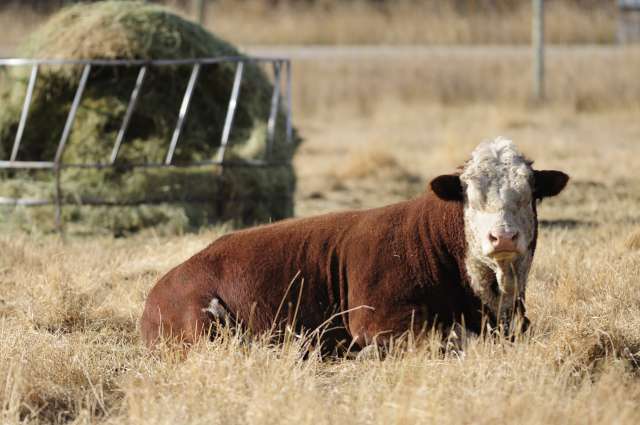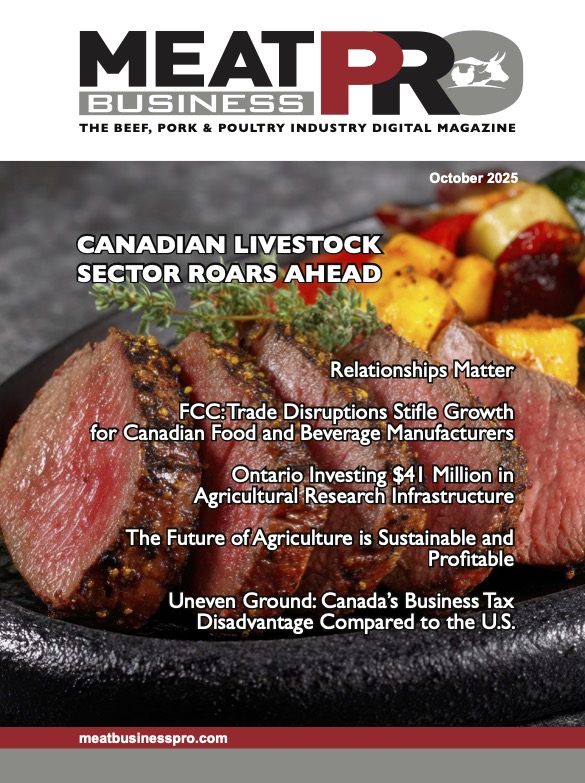Long Winter Leaves Cattle Producers Scrambling for Hay

A long, cold winter has eaten away at hay supplies and is putting the squeeze on cattle producers, particularly those in drier areas of southern and central Saskatchewan
by Neil Billinger – Farm Credit Canada (FCC)
“I get lots of calls from people looking for hay, but it’s a scarce commodity,” says Travis Peardon, a livestock and feed extension specialist with the Saskatchewan Ministry of Agriculture in Outlook, about an hour south of Saskatoon. “I don’t know if anyone has extra hay that they are willing to part with.”
“Any time you are looking at an early turn out of cows, you definitely risk hurting grass production for the year”
Lower hay production in 2017
The year-end provincial crop report estimated dry land hay yields at only 1.1 tons per acre for alfalfa, compared to 1.6 tons in the previous year.“It would have put people in a really close situation of getting through the winter,” says Rick Toney, chair of the Saskatchewan Cattlemen’s Association. “Now, it’s a prolonged winter and there are people looking to buy hay.”
Temperatures were eight to 10 degrees below normal during the first half of April.
Searching for feed
Cows with young calves need additional feed to meet their energy requirements. Feed barley is usually the go-to grain that supplements a ration containing straw.Peardon says there doesn’t seem to be much feed barley around and producers are waiting two to three weeks to get pellets from feed mills.
“It’s kind of a scramble out there to find enough feed if people don’t have a large carryover from previous years.”
Last week’s snow is a catch-22 – it extends winter and could delay planting, but the moisture is needed in southern and central regions to replenish dugouts and help pastures.
The plan now is to stretch feed supplies until the pastures are ready for grazing several weeks down the road.
“Any time you are looking at an early turn out of cows, you definitely risk hurting grass production for the year,” Peardon says.
Bottom line
Last fall’s reduced hay yields, combined with extended winter weather, means some Saskatchewan cattle producers are scrambling for feed and make what they have left stretch until pastures are ready for grazing.











